Error E21 in the Hansa washing machine
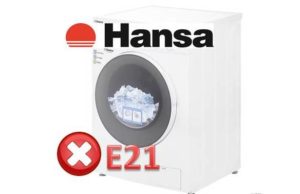
One of the advantages of most modern Hansa washing machines is the presence of a digital display that tells about the washing step, the selected mode, time or other operating moments. Also, in the event of a malfunction, the screen signals the problem with an encrypted message, and one of the options reported by the SOS system is error E21. To properly respond to the code that appears, you must first find out the nature of the breakdown. Learn about the possible sources and extent of the problem with detailed directions and instructions with this article.
The value of this code
It is not difficult to figure out the meaning of the pop-up warning: just look at the instructions for the washing machine or user manual for a specific model. If there are no technical papers at hand, it doesn’t matter, the list of fault codes is standard for most Hansa machines. So, with an E21 error, the machine reports a blocking of the drive belt due to the lack of a signal from the tachogenerator. By the way, the described problem is encountered by this manufacturer very often due to engineering flaws. Failure sources may include:
- failed tachogenerator, including loose contacts or loose mounts;
- broken thermal switch;
- obstructed functioning of the control board.
Under the current warranty, a car with E21 must be immediately sent to the service. If the warranty period has ended, then in cases with a tachogenerator and a thermal switch, it is not necessary to contact professional repairmen. It’s easy to diagnose who is to blame and what to do. The main thing is to act according to the instructions.
Tacho Check
To try to fix the breakdown on your own: you must correctly establish the cause of the problem. In most cases, a faulty tachometer causes error E21. It is located directly on the engine and is "responsible" for the intensity of the revolutions of the drum. To get to the sensor, you have to perform a series of actions.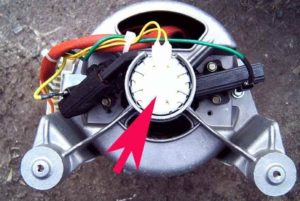
- Disconnect the machine from the power supply, sewage system and turn off the water tap.
- Provide easy access to the unit by moving it away from the wall or pulling it out of the cabinet.
- Remove the rear wall by unscrewing the corresponding screws with a Phillips screwdriver.
- Remove the drive belt by pulling the rubber towards itself while rotating the pulley.
- Mark the conductors connected to the engine and disconnect them.
Important! Do not neglect markings or photographs, so that when reassembling you do not mix up the contacts and carry out the correct installation.
- Unscrew the bolts holding the engine and, loosening the motor, remove it from the housing.
- Inspect the Hall sensor attached to the motor by checking the latching force and available contacts. If any of the above is weak, it is necessary to tighten the terminals, restore the connections and return to the original position.
When there is no doubt about the contacts and mounts, we test the tachogenerator for operability. To do this, it is enough to measure the available resistance or voltage. First of all, we check the resistance force by opening the connectors and applying the multimeter probes to the contacts. If the display shows numbers between 60-70 Ohms, then the sensor is OK. Another option is to measure current generation. We switch the device to a new indicator and apply the connectors, twisting the engine. The optimal value is about 0.2 volts.
A negative result requires replacement of the tachometer. It is important not to make a mistake here, so we remove the removed part and take it to the store for clarity. The device is installed back in a similar way.
Testing the thermal switch
If the result is positive, leave the tachogenerator alone and continue to search for the breakdown of the Hans washing machine in the temperature switch. We again disconnect the machine from all communications, open the back cover and pay attention to the heater.We disconnect the wires going to the external thermostat and weaken the holding fasteners. After we remove the water heater, and get the thermistor inside.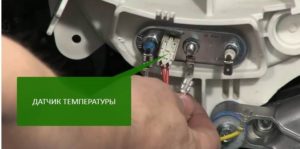
Now check the sensor for sufficient resistance:
- We take a multimeter and configure it to measure Ohms.
- We attach the probes to the corresponding contacts of the thermal switch.
- We fix the displayed value: at a temperature of 200 degrees 6000 Ohms.
- Immerse the sensor in hot water.
- We evaluate the results: the number of a working device will change to a smaller side, and at a temperature of 500 degrees it will not exceed the mark of 1350 Ohms.
If the available numbers are far from normal, you will have to replace the thermistor. It is impossible to repair the sensor only by purchasing a new copy, focusing on the serial number and model of the washing machine. Subsequent installation of the device and assembly of the machine will not cause trouble: we simply act in the reverse order.
Successfully passed tests with a temperature controller and a tacho generator indicate one thing: the control board is to blame for the error E21 that appears on the display. It is better not to experiment with do-it-yourself repairs, since the control module reacts too sensitively to third-party manipulations. Any improper movement will lead to large-scale consequences with an expensive call to a service center. It is recommended not to try to fix the damage yourself, but to call a qualified specialist right away.
Interesting:
Reader Comments
- Share your opinion - leave a comment
Headings
Washing machine repair


For buyers
For users

Dishwasher

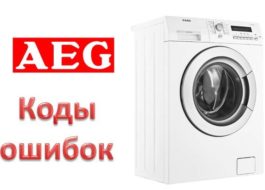

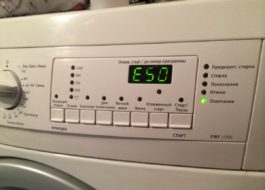
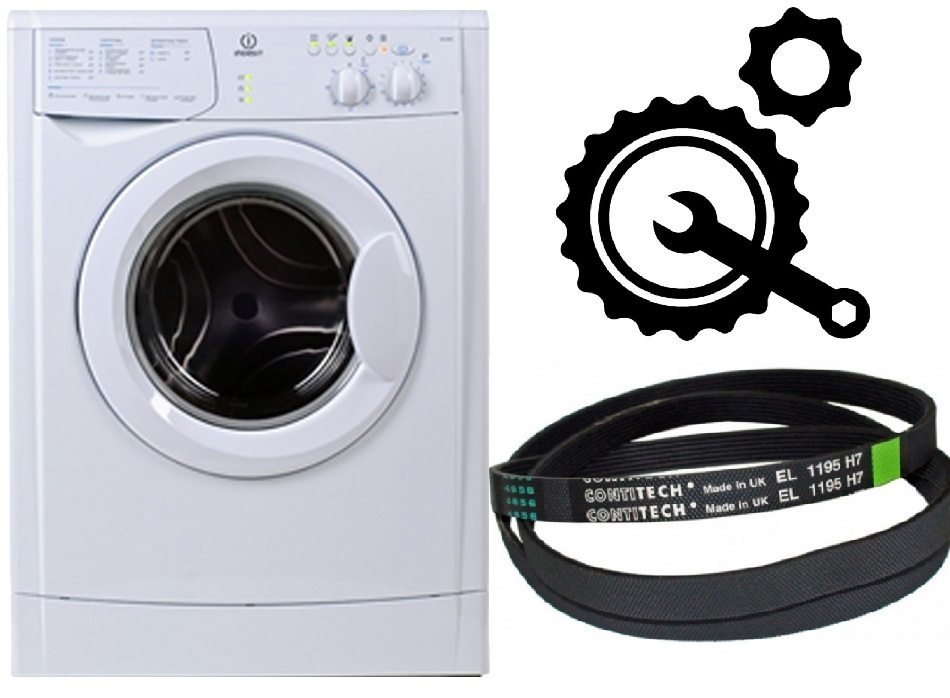

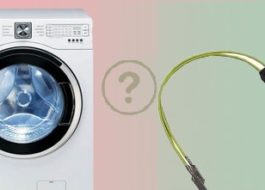











Add a comment